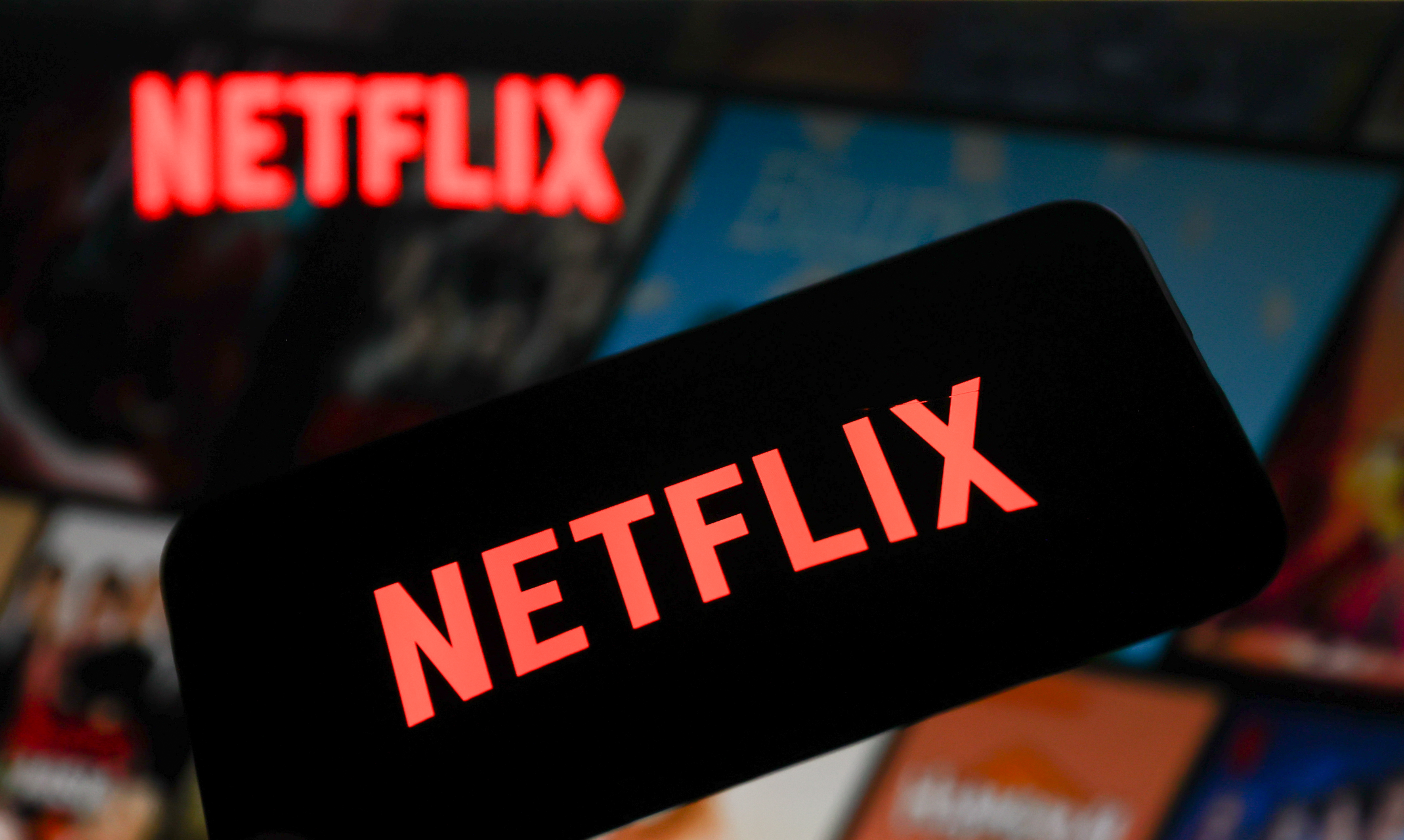Netflix Likely To Benefit As Rivals Sell Content To Raise Cash: Analyst
Michael Nathanson says acquired programming remains an important share of viewing

The media companies that helped Netflix grow by selling the streamer their best content on the cheap may be making the same strategic blunder again.
While Netflix’s original programming gets a lot of attention, acquired content represents a large and stable share of viewing by Netflix subscribers. The supply of acquired content dried up as media companies raced to build their own streaming services and add subscribers. That’s changing.
Analyst Michael Nathanson of MoffettNathanson notes that the media companies losing their shirts in streaming are selling content to Netflix and others in order to raise revenue. Notably, Warner Bros. Discovery recently sold series including Insecure, Six Feed Under and Band of Brothers to Netflix.
Also Read: ‘Insecure’ Arrives at Netflix on a Wave of HBO Shows Coming Over
“Several of Netflix’s competitors face mounting debt and diminishing cash flows, and as such, the pressure to sell an ever-increasing amount of quality content to Netflix will only increase,” Nathanson said in a note published Thursday.
“Unfortunately for [the studios], this also has the potential to flood the marketplace for licensed content, diluting its value,“ Nathanson said. “We have already heard that the combo of tighter pocketbooks at streamers and a greater share of goods for sale has led to steep declines in the value of many library titles.”
That’s bad news for the studios, but good for Netflix.
The smarter way to stay on top of broadcasting and cable industry. Sign up below
“Netflix started off its streaming journey buying the best content for next to nothing,“ he said. “It may soon be able to do so again, strengthening its hand.”

Nathanson analyzed Nielsen data and determined that acquired film and TV content still accounts for more than half of all time viewed on Netflix in the U.S. Hours viewed of acquired content is stable on a quarter-by-quarter basis, he said.
Viewing of original content accounts for fluctuation (and growth) for Netflix, but in the long run, hours spent viewing has increased over the past two years, Nathanson said.
Nathanson noticed a pattern in which viewers binge on original content when it first appears on the platform, but that viewing quickly ebbs, dropping about 6% of its peak.
Original content accounts for about 30% of Netflix’s viewership, with about 29% of that driven by the platform’s top 15 shows. But the sheer volume of original programming on Netflix creates a significant long tail. Shows 16 through 50 account for 23% of viewing time for originals; show 51 through 200 account for 29%; and the remaining 1,300 shows account for 19%.
Also Read: Less Than 36% of Netflix Viewing in U.S. Comes From Originals
“All of this is to show that Netflix’s massive content spend has been able to buy the platform increased engagement, while no single title has had a significantly outsized impact,” Nathanson said.
This leads Nathanson to the conclusion that The Walt Disney Co. would be best off by combining streamers Disney Plus and Hulu, assuming Disney buys out Comcast’s remaining ownership stake in Hulu.
“In combining the services, Disney should lean into its strengths and avoid its weaknesses,“ Nathanson said. “Continue to play the hits at Disney Plus. Continue to let others carry the risk of producing original content at Hulu while raising the output on a few more originals and use sports through ESPN Plus to drive dependable viewership and stickiness.
“In summary, while the struggling media landscape is playing into Netflix’s hands, we think Disney should be able to build an all-in-one offering that is more compelling and efficient than today’s packaging,” he said.
Jon has been business editor of Broadcasting+Cable since 2010. He focuses on revenue-generating activities, including advertising and distribution, as well as executive intrigue and merger and acquisition activity. Just about any story is fair game, if a dollar sign can make its way into the article. Before B+C, Jon covered the industry for TVWeek, Cable World, Electronic Media, Advertising Age and The New York Post. A native New Yorker, Jon is hiding in plain sight in the suburbs of Chicago.

